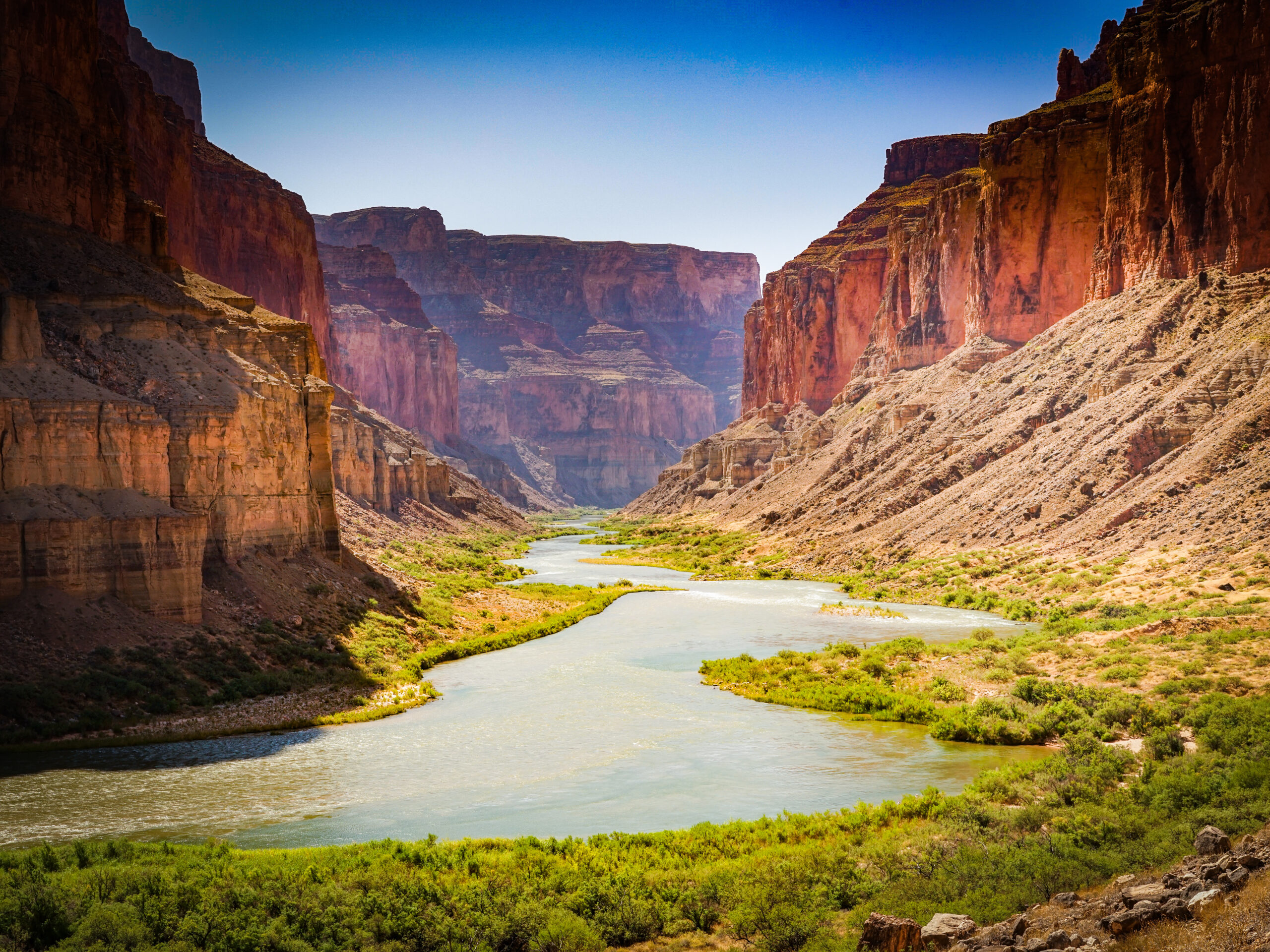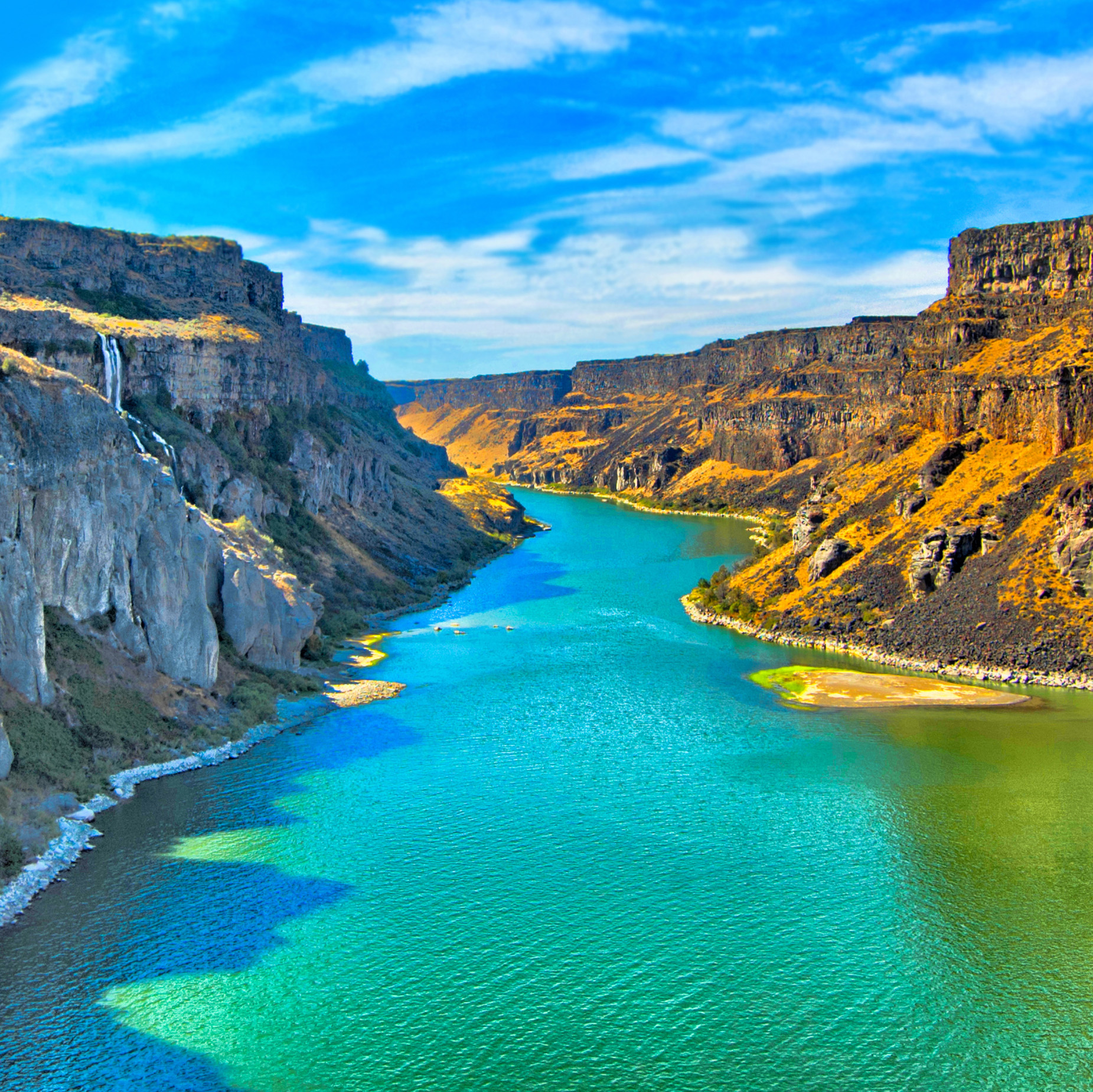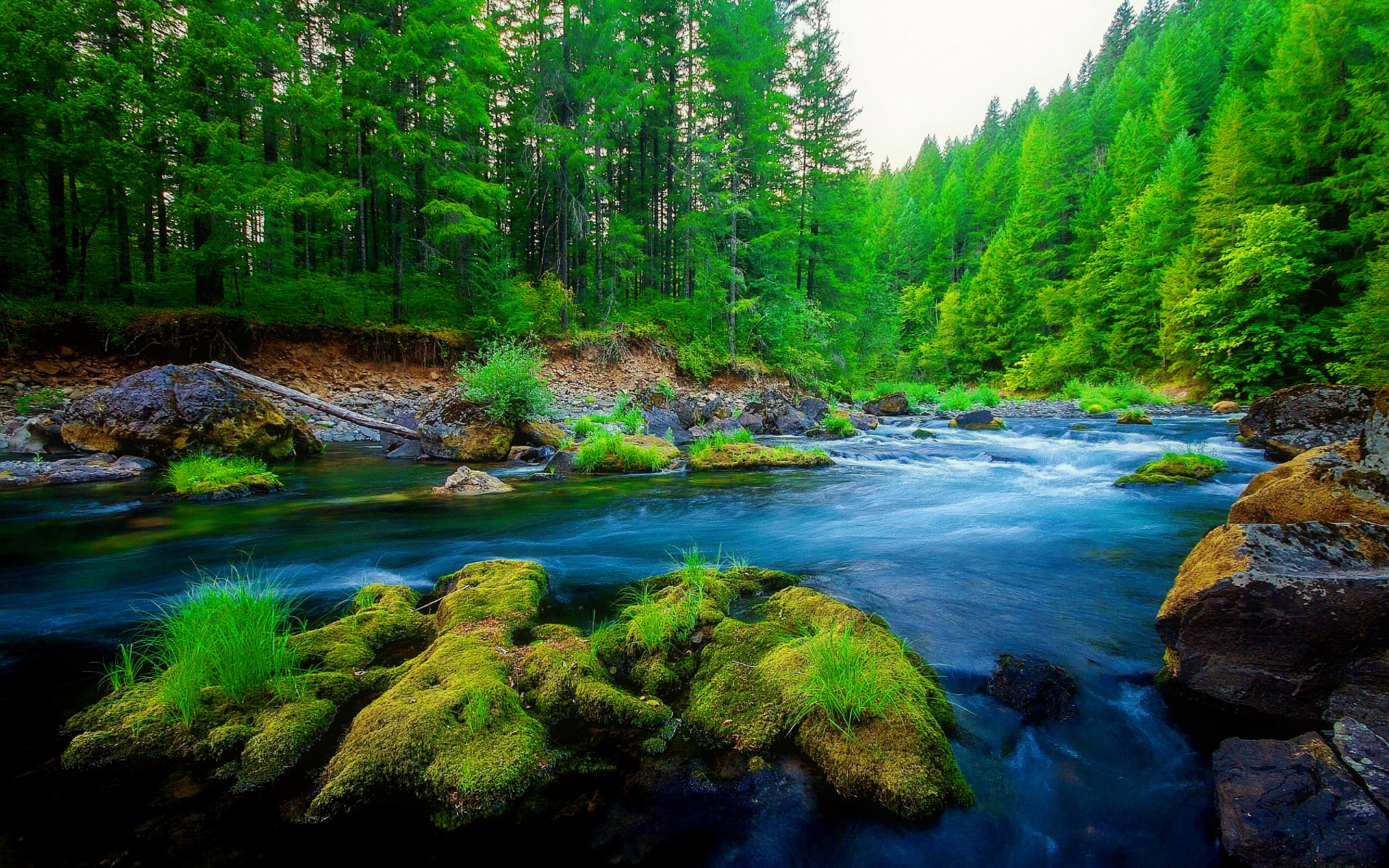Exploring the natural world around us, especially the paths carved by water, can often bring to mind a sense of wonder and, in a way, a quiet power. Rivers, with their constant movement and life-giving presence, have always held a special place in our collective imagination. They shape the land, influence communities, and tell stories of both natural forces and human endeavors, you know?
When we think about something like "River Phoenix and" it might, at first, seem like a curious pairing, perhaps suggesting a connection between a natural waterway and something else entirely. Yet, if we consider the very essence of a river—its flow, its impact, its journey—we can start to see how it touches so many different parts of our existence, from the way we measure distances to how we interact with our surroundings, as a matter of fact.
This exploration takes us through various aspects of how rivers are understood, measured, and even affected by human actions. It's about looking at the practical side of these flowing bodies of water, how they are part of our calculations, our industries, and even our financial dealings, you know, in some respects.
Table of Contents
The Flow of Water - A Look at River Phoenix and Distances
What Happens When Rivers Meet Human Activity?
Understanding River Phoenix and Environmental Connections
How Does River Flow Affect Movement and Energy?
Exploring the Dynamics of River Phoenix and Aquatic Travel
What Do We See in River Phoenix and Economic Currents?
What Can We Learn from River Phoenix and Industrial Footprints?
River Phoenix and the Financial Currents of Acquisition
The Flow of Water - A Look at River Phoenix and Distances
When we consider the vastness of our planet's waterways, it's pretty interesting how we try to make sense of them, isn't it? For instance, the lengths of rivers found on the South Island of New Zealand, those which eventually find their way to the Tasman Sea, have been carefully put together, almost as if charting a map of liquid pathways. These measurements, typically given in kilometers, give us a very clear picture of just how far these natural conduits stretch across the land.
Knowing the precise length of a river is, you know, more than just a piece of trivia; it helps us to truly appreciate the sheer scale of these natural features. It allows us to grasp the geographical impact they have, shaping valleys and plains as they move from their origins to the great expanse of the sea. Such data, collected and organized, helps researchers and anyone interested in the physical world to gain a deeper sense of the land's makeup, too it's almost.
These recorded lengths are a way of documenting the pathways water takes, showing us the direct routes from the land's heart out to the wider ocean. It helps us to picture the extensive network of streams and rivers that come together to form these larger bodies, each contributing to the overall flow, as I was saying.
What Happens When Rivers Meet Human Activity?
Rivers are, quite simply, dynamic systems, and their interaction with human activity is a constant, sometimes complex, story. Consider a person who wants to get across a river, moving from one specific spot to another. This isn't just a straight line; the river's own movement, its current, plays a huge part in how that crossing actually happens. There are distances involved, like the stretch from an initial point to a midway spot, and then from that spot to the final destination, which can be measured in meters, for example.
The speed of the river's current, often called its velocity, is a really important factor in such a scenario. It's not just about the person's own effort; the water itself is pushing and pulling, changing the effective path and effort needed. Understanding these forces is a basic part of figuring out how to successfully move across a flowing body of water, obviously.
Sometimes, the impact of human activity on rivers goes beyond simple crossings. There are situations where external events, like perhaps earth movement caused by a nearby explosion, might affect the natural environment, including rivers. Or, consider instances where property damage occurs, maybe due to an intentional home remodel project, which could have implications for nearby waterways if not managed with care, as a matter of fact.
Understanding River Phoenix and Environmental Connections
The relationship between rivers and their surroundings is something that demands our close attention, especially when we consider the various ways human actions can influence these natural systems. A river, for example, flowing towards a lake, carries with it a certain amount of energy. We can look at its average speed, how much water moves through it each second, and even its height above the lake's surface, just to get a sense of this energy, you know?
Trying to figure out the total mechanical energy held within that river water is a way of appreciating the sheer force and movement of nature. It's about understanding the physics of water in motion, how its speed and volume contribute to its power. Estimating the speed of the river's current is also a key part of this, as it tells us how quickly the water is actually moving, which is pretty fundamental.
Beyond the flow itself, there's the concept of a floodplain, which is a flat or nearly flat land area adjacent to a river that is subject to flooding. To truly get what a floodplain is, we need to think about how it connects to the main river channel and what its surface looks like—whether it's generally level or has some dips and rises. This geographical feature is a direct result of the river's long-term activity, very much shaping the land around it, you know, in a way.
How Does River Flow Affect Movement and Energy?
The energy that a river carries is a really fascinating topic, and it has practical implications for various activities, including industrial operations. For instance, sometimes a plant might release or discharge energy as part of its processes, and if this plant is situated near a river, that interaction becomes quite important. The way water moves, its velocity and volume, can influence how such discharges are managed or even how they disperse within the natural environment, basically.
Thinking about the flow of water helps us to picture the forces at play. A river's journey from higher ground to a lake, for example, involves a constant conversion of potential energy into kinetic energy. This movement is what gives the river its power, which can be seen in everything from its ability to shape the land to its capacity to carry materials downstream, you know.
When we try to determine the total mechanical energy of river water, we're essentially trying to quantify this natural power. It's a calculation that takes into account the water's motion and its position, giving us a numerical value for its inherent strength. This kind of analysis is, in some respects, a way of truly appreciating the dynamic nature of these water bodies and their continuous, powerful flow.
Exploring the Dynamics of River Phoenix and Aquatic Travel
The idea of moving across a river, especially when there's a current, brings up some interesting physics problems that people have to deal with in real life. Imagine a person in a boat, capable of rowing at a certain speed in calm, still water—say, five meters each second. Now, if that river itself is flowing at a different speed, perhaps two meters per second, the situation changes quite a bit, doesn't it?
To get to a specific point on the other side, that person can't just aim straight across. The river's flow will push the boat downstream. So, to account for this, the person has to direct the boat at a particular angle, not directly at the target, but slightly upstream. This calculation involves figuring out the actual speed of the boat relative to the ground and the precise angle needed to counteract the river's movement, which is pretty neat.
It's a practical example of how natural forces interact with human effort. The river's current is a powerful influence, and anyone trying to travel on it must understand and account for its push. This kind of problem helps us to think about how we navigate environments where there are constant, moving elements, and how we adjust our actions accordingly, honestly.
What Do We See in River Phoenix and Economic Currents?
Rivers, it turns out, can sometimes even be connected to the world of business and finance, perhaps through names or locations. Consider, for example, the market for electric cars, which is a big topic these days. Now, imagine a facility that makes these electric cars, and this facility happens to release waste material, like sludge, into a river nearby. This action, quite naturally, creates a problem for people living further downstream, a kind of unintended consequence, if you will, you know?
This situation is a classic example of what's often called a negative externality—where one group's actions have a harmful effect on others who aren't directly involved in the transaction. The river, in this case, becomes the medium through which this negative impact travels, affecting the water quality and, by extension, the lives of those who depend on it. It's a powerful reminder of how interconnected our systems are, actually.
Then there are companies whose names might even include a reference to a river, like "Cooper River Glass Works." This company, we hear, makes different kinds of desk lamps. The people running the operations there know that the total number of lamps customers want each month is more than what they can easily produce. This shows how businesses operate within their environments, sometimes even sharing names with the natural features around them, and how they deal with the everyday challenges of meeting what people want, as a matter of fact.
What Can We Learn from River Phoenix and Industrial Footprints?
The impact of human industry on our natural waterways is a subject that often comes up, and for good reason. Let's think about a specific river, say the Momiss River, where there are three different factories situated along its banks. Each of these factories, as part of their operations, releases certain types of pollutants into the river. These pollutants might be labeled, for instance, as 'P1' and 'Py', indicating different kinds of waste materials, you know?
The important thing here is what happens next. If the waste from each of these factories is properly processed before it's released, then the amount of pollution that ends up in the river can be significantly reduced. This highlights the difference that responsible waste management can make in protecting our natural water sources. It's a direct connection between industrial activity and the health of the river, basically.
This scenario helps us to picture the collective effect of multiple sources of pollution on a single body of water. Each factory, on its own, might contribute a certain amount of waste, but when you have several of them, the combined impact can be quite substantial. The idea of processing waste is a key step in trying to lessen this impact and keep the river cleaner for everyone, as I was saying.
River Phoenix and the Financial Currents of Acquisition
Even in the world of big business and financial dealings, you might find a connection to rivers, sometimes just in the names of companies involved. For example, imagine a situation where, on a specific date, like January 1, 2022, a company called Palmcroft Co. decided to purchase another company. This acquisition involved Palmcroft Co. buying all the voting shares of a business named Salt River, Inc., for a substantial amount of cash, perhaps $600,000, you know?
At the time of this purchase, Salt River, Inc. had its own set of financial holdings, often referred to as its net assets. These assets represent what the company owned after accounting for its debts. So, on that same date, January 1, 2022, Salt River's net assets had a particular value. This kind of transaction is a common occurrence in the business world, where one company takes over another, and it involves a lot of financial evaluation and exchange, too it's almost.
While the name "Salt River, Inc." might just be a company name, it's interesting how often businesses incorporate elements of the natural world, including rivers, into their identity. This financial current, the flow of money and ownership, is a very different kind of flow than that of a natural river, yet it's a powerful force in its own right, shaping industries and economies, as a matter of fact.
Related Resources:



Detail Author:
- Name : Theresa Goyette
- Username : ian.mcclure
- Email : jedidiah.williamson@leannon.com
- Birthdate : 1973-05-15
- Address : 22611 Brown Burgs Suite 192 Port Pedrofort, OK 33663-6122
- Phone : 1-320-951-3269
- Company : Carter-Trantow
- Job : Production Helper
- Bio : Id labore soluta aperiam et officiis sunt nihil. Consectetur molestiae ipsa quos qui dignissimos porro ex. Suscipit nulla maxime sit quaerat incidunt. Ea dolorem voluptas occaecati.
Socials
tiktok:
- url : https://tiktok.com/@rolfsont
- username : rolfsont
- bio : Molestiae eos quas saepe voluptatem.
- followers : 2596
- following : 2003
twitter:
- url : https://twitter.com/tyler1340
- username : tyler1340
- bio : Quisquam nobis porro voluptatem ut exercitationem. Aut sit qui quis qui quidem. Ut reprehenderit ducimus quasi velit sunt distinctio.
- followers : 6647
- following : 1165
facebook:
- url : https://facebook.com/tyler_rolfson
- username : tyler_rolfson
- bio : Sunt est magnam dolor. Molestiae quisquam qui aut minima doloribus quos.
- followers : 710
- following : 598